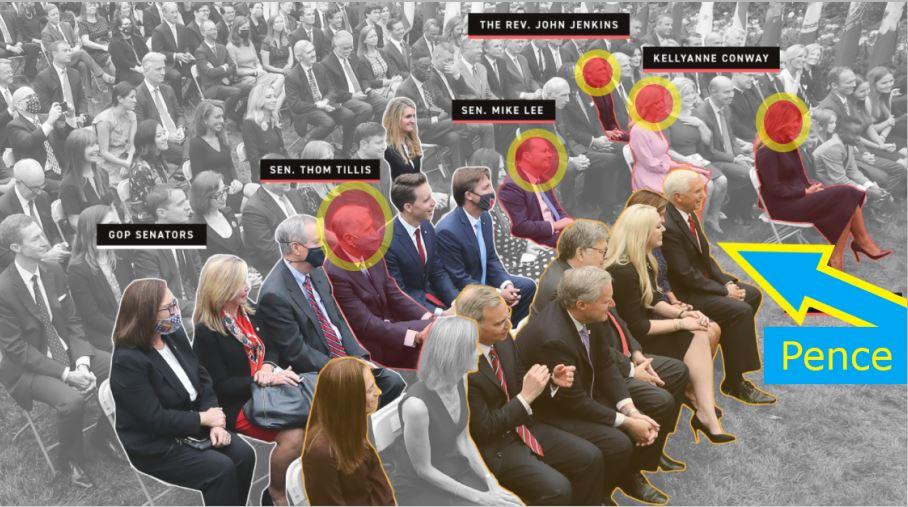Last year, in response to an ACLU-sponsored lawsuit, U.S. District Judge Anna Brown ordered the federal government to create an appeals process for people placed on the “no fly” list that prevents travelers from boarding flights to, from, within, or across the United States. Last spring the Department of Homeland Security began telling travelers barred from flying whether they were on the list and, if so, informing them of their right to initiate a “redress inquiry.” But it’s hard to get off the list if you don’t know why you were put there to begin with, and the government says it can’t be specific because that would endanger national security.
“By its very nature, identifying individuals who ‘may be a threat to civil aviation or national security’ is a predictive judgment intended to prevent future acts of terrorism in an uncertain context,” two Justice Department officials say in a May 28 brief quoted by Spencer Ackerman in The Guardian. “Judgments concerning such potential threats to aviation and national security call upon the unique prerogatives of the Executive in assessing such threats.” In other words: We know what we’re doing; you’ll just have to trust us.
The government says the standard for being placed on the no-fly list is “reasonable suspicion,” which is weaker than the “probable cause” required for an arrest or a search warrant. As the Supreme Court explained in the 1968 case Terry v. Ohio, reasonable suspicion is more than an “inchoate and unparticularized suspicion or ‘hunch.'” It is supposed to be based on “specific and articulable facts…taken together with rational inferences from those facts.”
What that means in practice is anybody’s guess. Terry, which involved brief detentions and pat-downs of people believed to be involved in criminal activity and possibly armed, was the legal basis for New York City’s widely criticized stop-and-frisk program, which correctly identified lawbreakers 12 percent of the time and correctly identified people with weapons 2 percent of the time. Given how rare terrorist attacks on airplanes are, the no-fly list is likely to be considerably less accurate at identifying people hatching such schemes. The Associated Press says the list includes “tens of thousands of people.” Last Friday the ACLU told Judge Brown the government’s predictive methods are subject to an “extremely high risk of error.”
The Emergency Election Sale is now live! Get 30% to 60% off our most popular products today!



